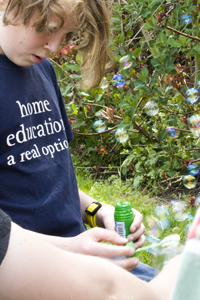What is structure?
-
the arrangement of and relations between the parts or elements of something complex (noun)
-
construct or arrange according to a plan; give a pattern or organization to (verb)
Whose structure?
Often the term structured education is used to mean a particular approach to education, where the adult determines what is covered, possibly using a curriculum.
This sometimes causes some confusion when home educators using child-led approaches such as autonomous education or unschooling are exploring what structure means to them. At its very basic structure could simply mean reading a book in order of chapters, or eating at a particular time of day. Home Education has to work for everyone involved, and that may mean more, less, or different structure for each child, or for the parent.
I find it has really helped to think of structure as a tool, rather than the name of a particular approach.
What kind of structure?
Some people find that they want structure to the day, or week, but not learning.
Some people want the learning to be child-led but need structure for themselves in recording learning and providing resources.
A little bit of structure.
Structured programme or curriculum.
How structure looks in our home?
We are autonomous/unschooling. But we still have some structure. We tend to eat at a particular time of day, have certain groups on certain days, have rhythms to each day.
I don’t do structure for reading, writing and maths as they come up in everything else we do. But we have a little bit of structure in that we do a history, library and topic group most months. So we have something to prepare for these. Being autonomous each child is free to take part or not, and determine how to contribute themselves. My eldest has recently been asking for more structure, and help in delving deeper into the things she is interested in, and guidance with investigating new more structured, formal approaches to learning that move beyond the reading, conversation and play based education that has predominated up to now.
And as a fellow learner I have found that I too have interests that I want to investigate that often come with some form of structure - whether it be organising my history group, or taking an online course.



Leave a Reply